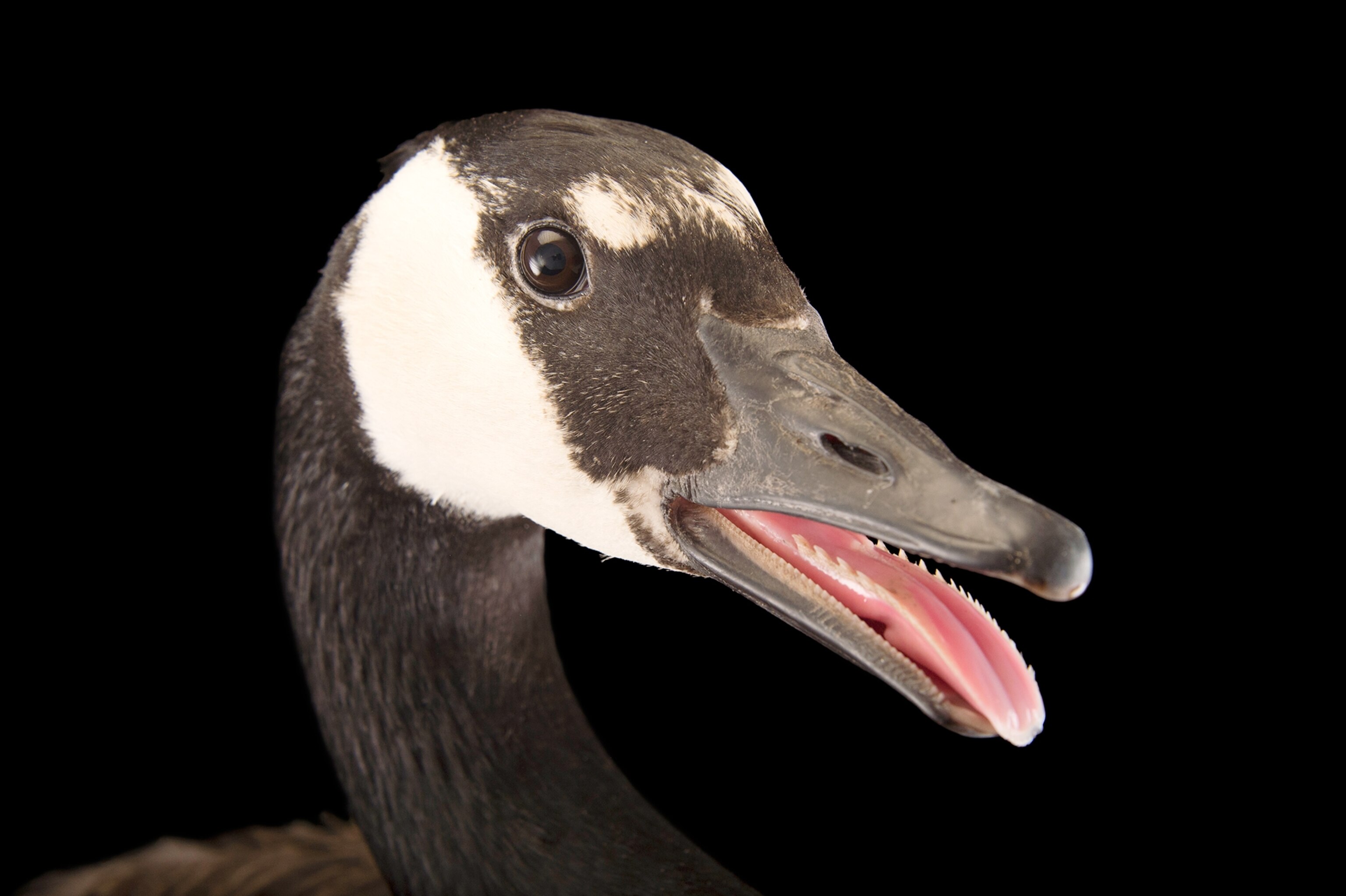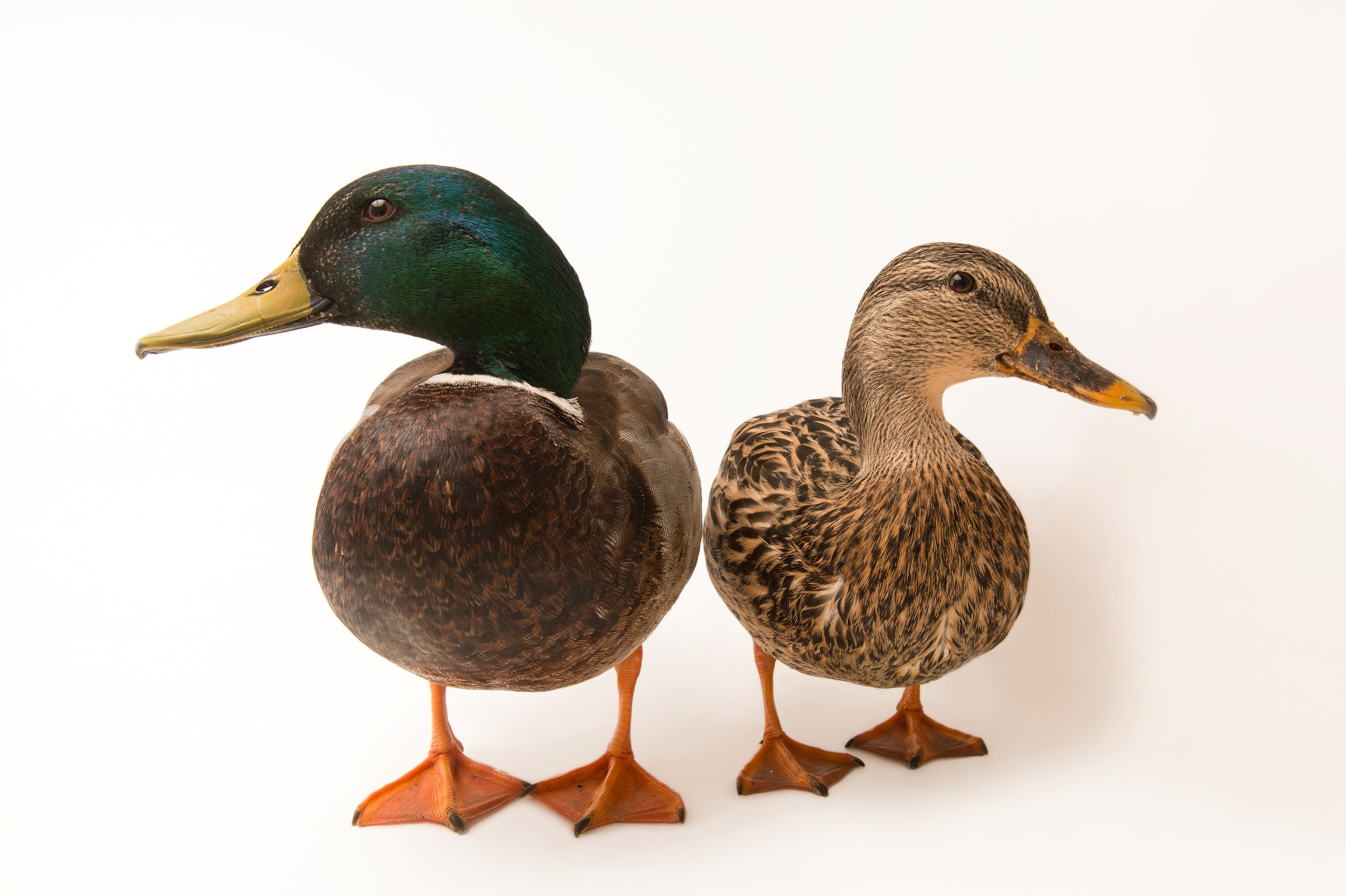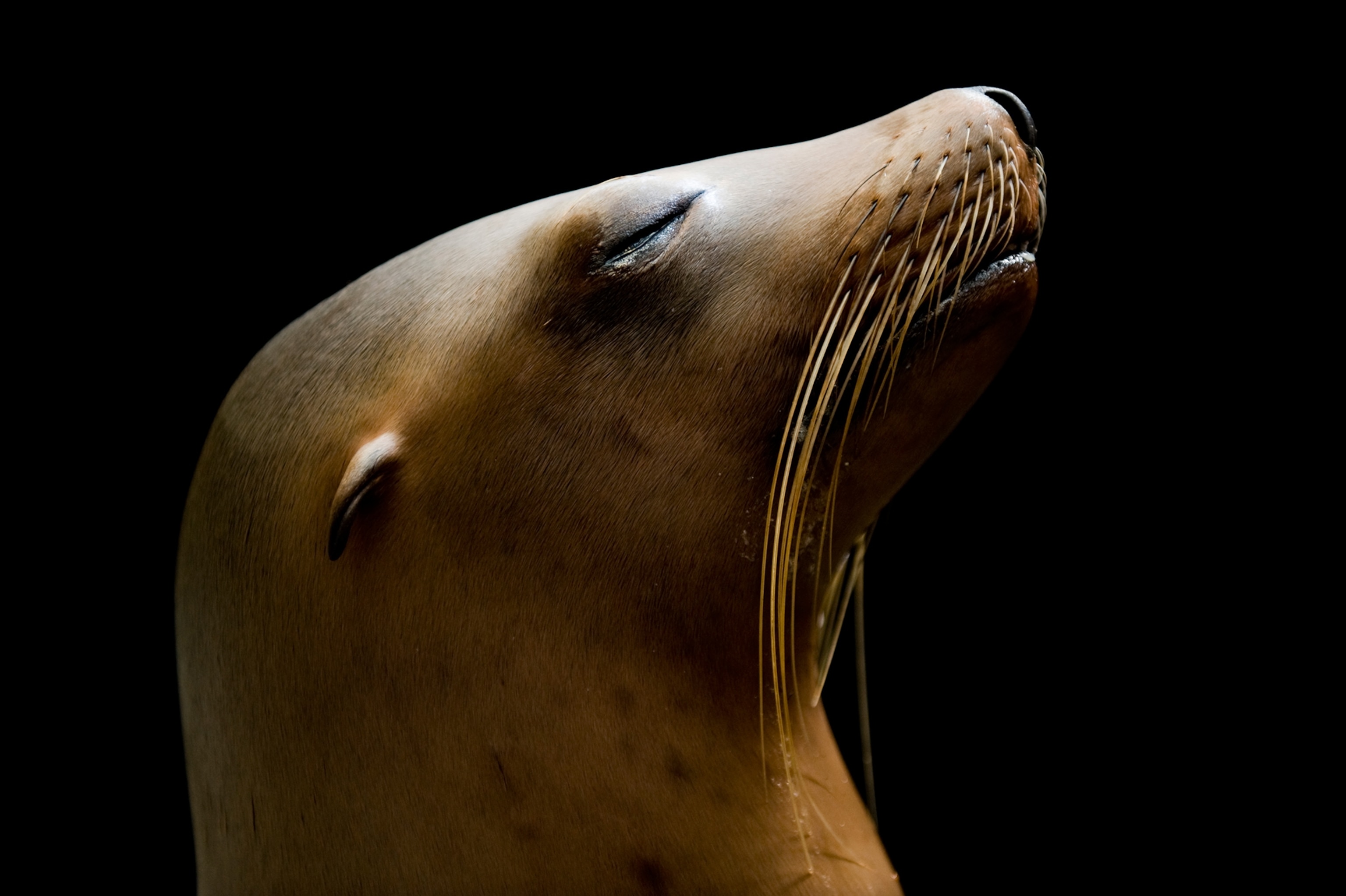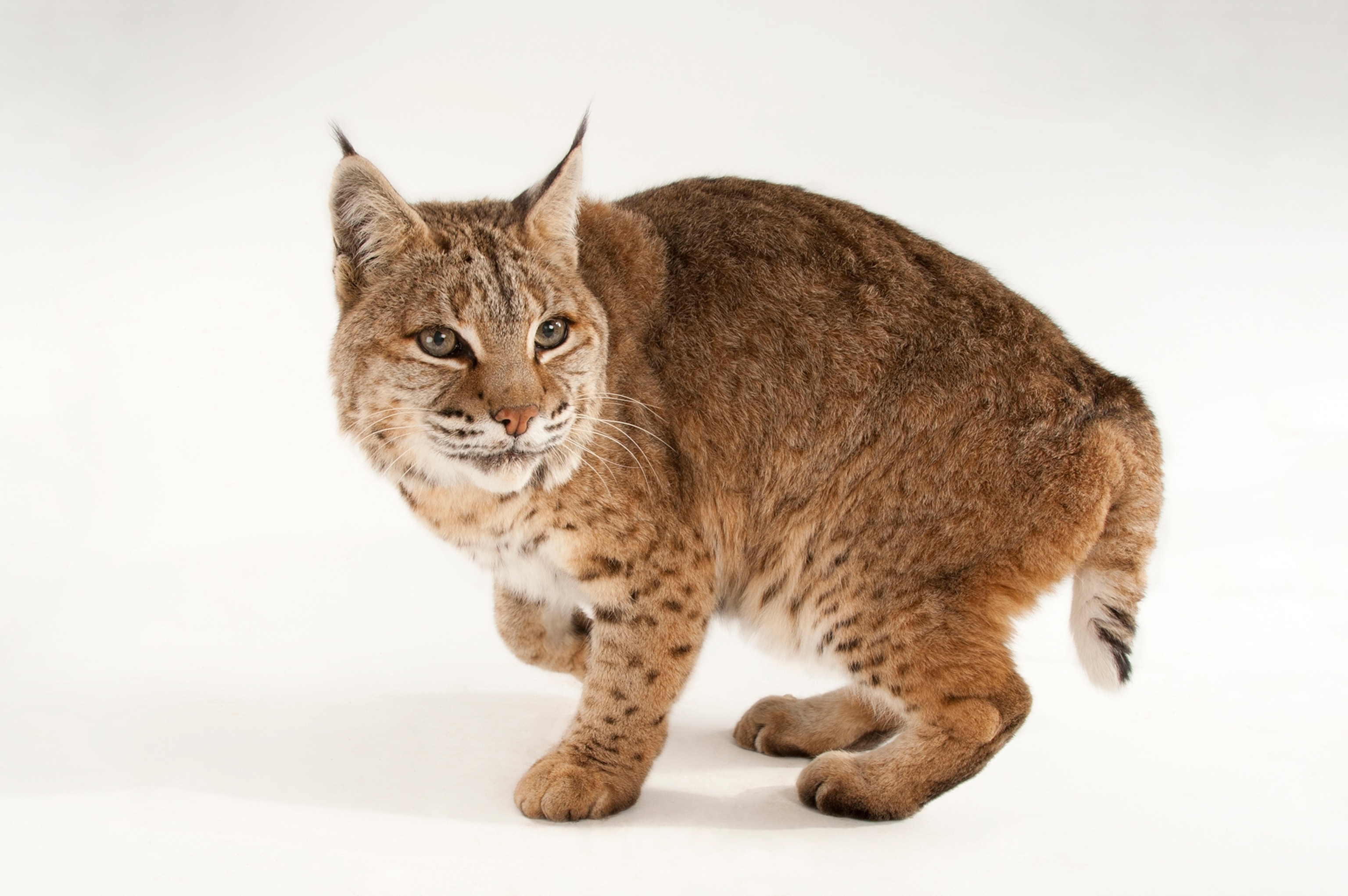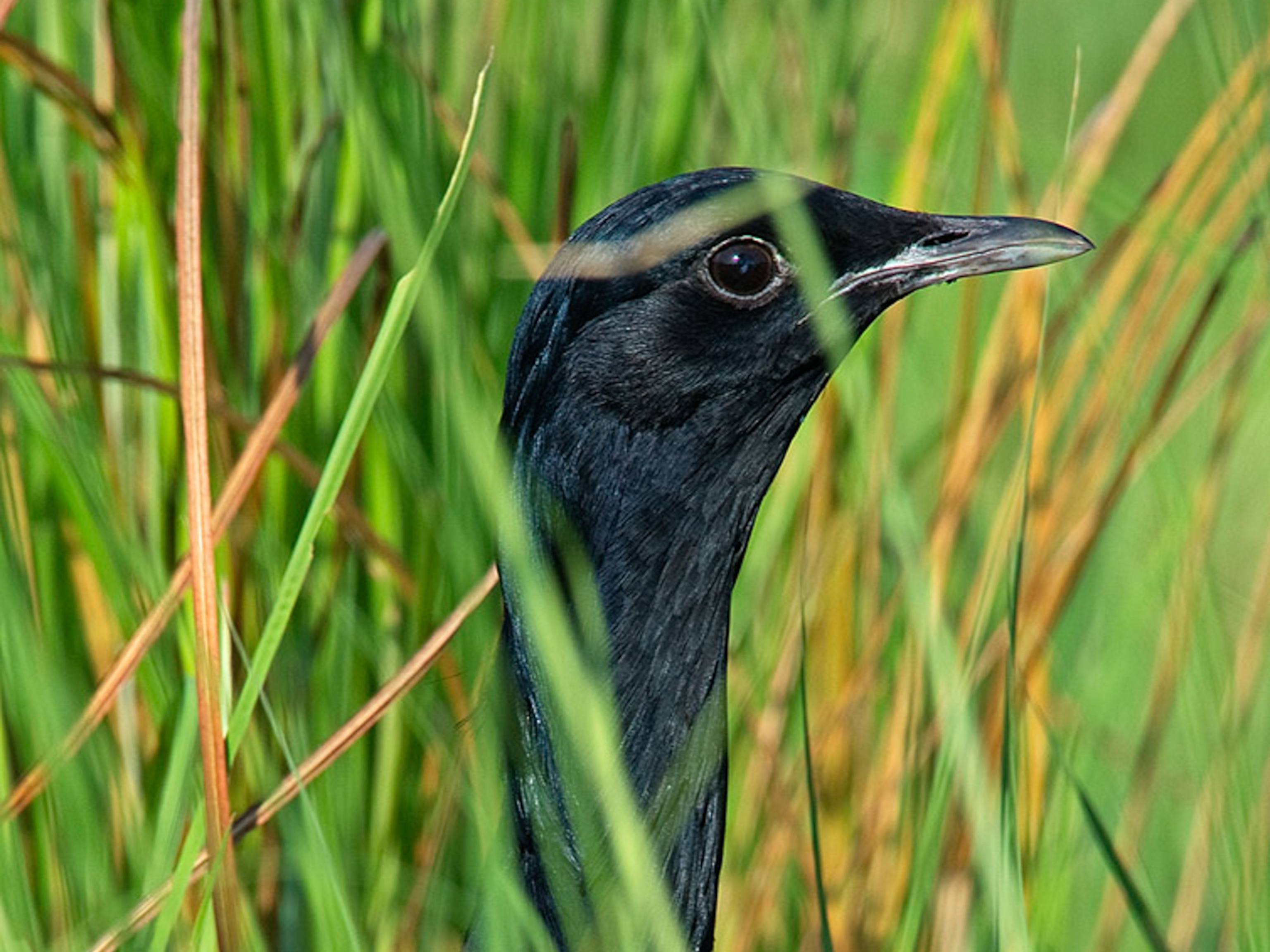
Why birds prefer wealthy neighborhoods in South Africa
It's the first time this so-called "luxury effect" has been confirmed outside of Europe, the United States, and Australia.
Money might not buy happiness, but it can buy biodiversity—at least for birds.
Wealthier urban areas across South Africa attract more native bird species than less well-to-do ones, according to a new study. That's because ritzier neighborhoods contain more green spaces, which provide habitat for the animals.
First identified during a 2003 study of plant biodiversity in Phoenix, Arizona, this so-called "luxury effect" has since been discovered in a multitude of species, including insects, bats, and lizards.
Large and highly landscaped yards, vegetation in which to hide and raise young, and an abundance of water are all factors that draw in wildlife and plants.
The problem with past studies, says lead author Dan Chamberlain, an ecologist at Italy’s University of Turin, is that nearly all of them were conducted in relatively affluent countries in North America, Europe, and Australia.
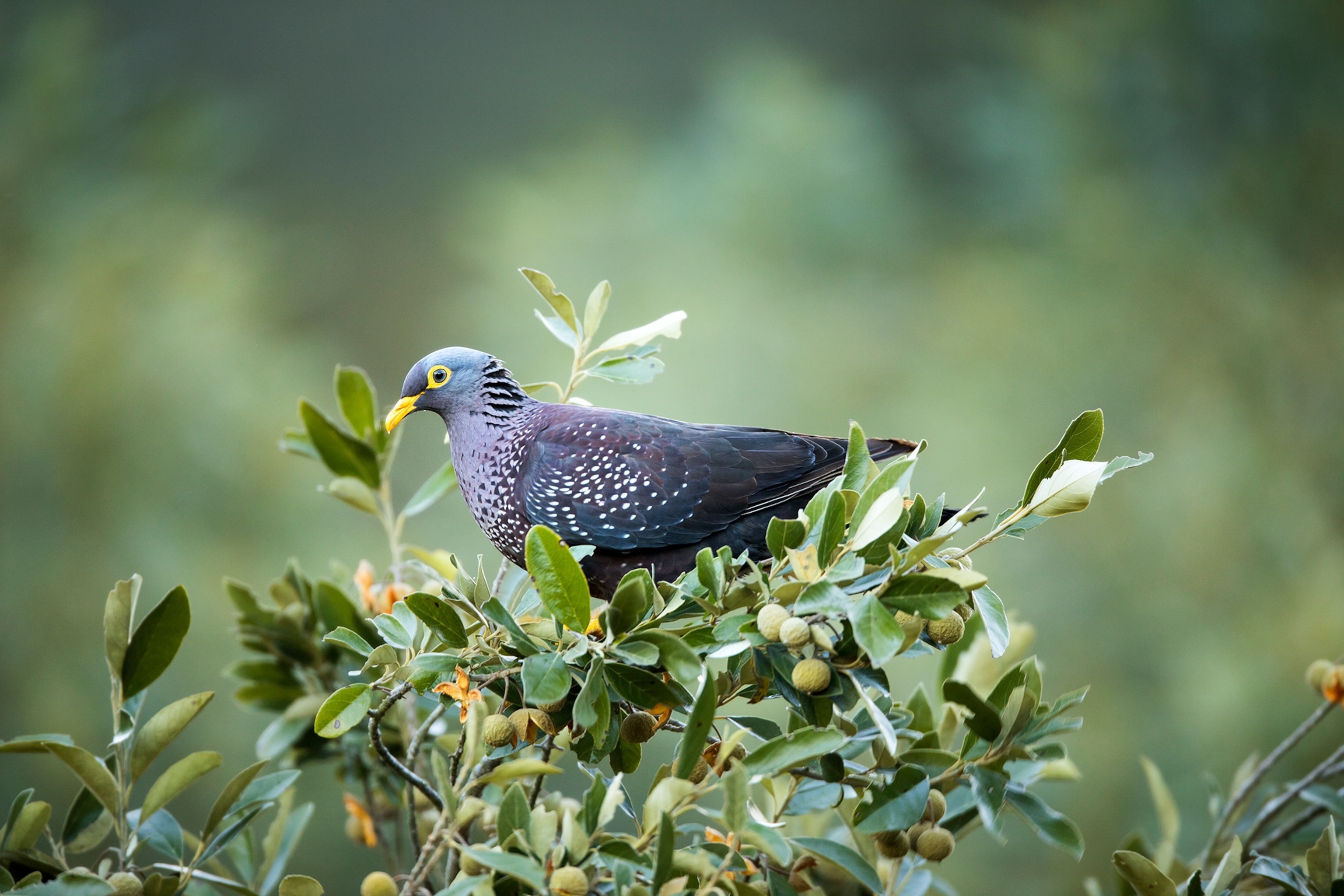
Urbanization and biodiversity loss, however, are more concentrated in parts of South America, Southeast Asia, and Africa. (See how inequality can be viewed from above.)
Now, Chamberlain and colleagues have confirmed the luxury effect exists in South Africa—and they’re calling on urban planners to ensure that everyone has access to nature.
The scientists propose that half of all the world’s urban areas be devoted to parks and other green spaces, for the benefit of people and wildlife alike.
“The wealthy have access to the benefits of green spaces—why should poor people be starved of that?”
Living the high life
What makes South Africa an appealing study site is its high levels of income inequality, as well as burgeoning urban areas with housing ranging from wealthy, Westernized dwellings to slums, Chamberlain says. (Here’s what future cities could look like.)
Check out these city-dwelling animals from the photo ark
Using data from the second South African Bird Atlas Project, a citizen science initiative in which volunteers identified bird species seen during timed visits to specific areas, Chamberlain and colleagues from the universities of Cape Town and Witwatersrand measured the biodiversity of native birds across different landscapes in 22 urban areas.
The team found that in both the suburbs and periurbs—the transition zone between city and rural areas—more wealth meant more of both green space and native bird species.
In dense city centers, however, they found the opposite effect: In all areas, more tree and vegetation cover meant more birds, such as the African marsh harrier and the greater striped swallow, according to the study, published recently in the journal Global Change Biology.
A quantitative analysis revealed that the luxury effect kicked in once pavement, dwellings, and other urban cover exceeded 38 percent. (Learn how wild animals are hacking life in the city.)
“It’s great that they calculated the number,” says Michelle Trautwein, an entomologist at the California Academy of Sciences who has researched the luxury effect. In a 2016 study, she found wealthy homes in North Carolina host more insect species than does lower cost housing.
“It’s such a compelling concept—I loved that they quantitatively did that.”
How feasible their recommendations are about increasing green space is another question, she adds.
Paige Warren, an urban ecologist at the University of Massachusetts, says the study shows how “scientists have to expand their toolbox to understand the urban environment.”




